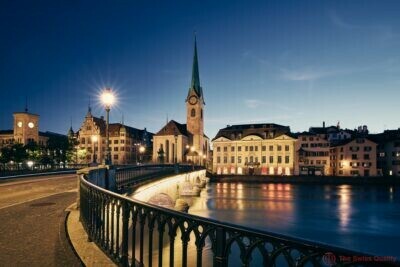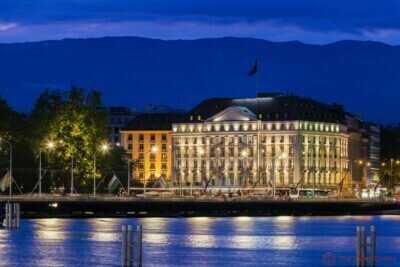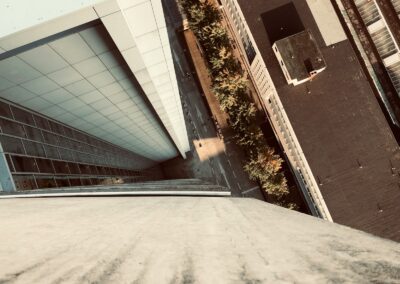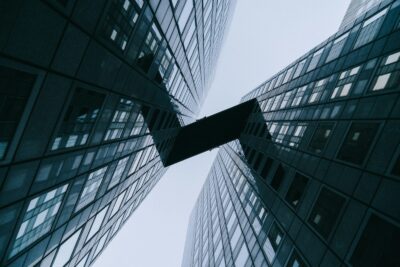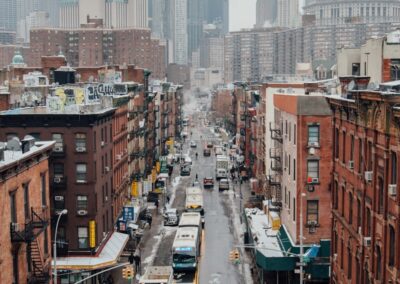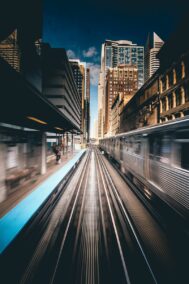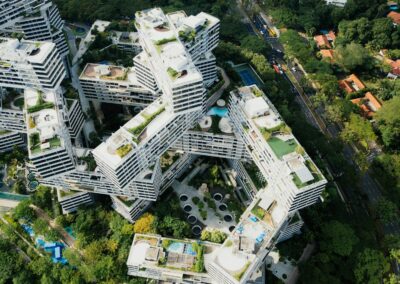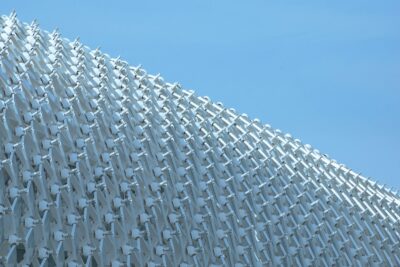Clothespin Sculpture: The Significance of “Clothespin”
When we think of city monuments, towering structures and timeless sculptures often come to mind. However, there exists an exceptional piece of art that not only competes with the architectural grandeur surrounding it but also stands as a testament to the fusion of artistry and urban design. “Clothespin,” a monumental sculpture, redefines the cityscape, offering a unique perspective on the convergence of art and urban living.
The Birth of “Clothespin”: A Creative Endeavor
Designed by renowned artist Claes Oldenburg and installed in Philadelphia in 1976, “Clothespin” is not just a piece of public art; it’s a bold statement that challenges traditional notions of monumentality. Rising 45 feet into the air, the sculpture consists of two colossal, abstracted clothespin-shaped forms, seemingly interlocked in a dance of steel and bronze. Its creation marked a departure from the conventional, introducing a modern and thought-provoking element to the city’s aesthetic.
The Integration of Art and Architecture
Unlike many city monuments that stand as isolated entities, “Clothespin” seamlessly integrates into its urban environment. Placed in Centre Square, it harmonizes with the surrounding architectural landscape. This intentional blending of art and architecture is a masterstroke that elevates the sculpture’s impact, making it an organic part of the city rather than a mere addition.
The Bold Competitor: A Monument on a Grand Scale
“Clothespin” dared to compete with the established architectural prowess of its surroundings. Positioned strategically among skyscrapers and urban structures, the sculpture holds its ground, demanding attention and challenging the traditional hierarchy of monumental landmarks. Its scale is not diminished by the structures around it; instead, it complements and, in some ways, surpasses them in symbolic significance.
Architectural Dialogue: “Clothespin” in Conversation with the City
Great monuments engage in a silent dialogue with the city they inhabit, contributing to the narrative of the urban environment. “Clothespin” excels in this dialogue, sparking conversations about the intersection of art, architecture, and urban planning. Its unconventional form invites interpretation, allowing each observer to find personal meaning in its abstract design.
A Timeless Symbol: “Clothespin” as a City Icon
Over the years, “Clothespin” has transcended its role as a mere sculpture; it has become an iconic symbol of Philadelphia. Its distinctive shape and central location in the city make it a recognizable landmark, a meeting point, and a backdrop for countless urban activities. In this way, “Clothespin” has woven itself into the cultural fabric of Philadelphia, solidifying its place as a city monument with enduring significance.
The Enduring Legacy of “Clothespin”
In Conclusion: The Unconventional Elegance of “Clothespin”
The story of “Clothespin” is one of audacity and imagination. In a world where monuments often conform to established norms, this sculpture stands out as a symbol of bold creativity. Its impact extends beyond its physical presence, challenging us to rethink the relationship between art and urban spaces. “Clothespin” is not just a city monument; it’s a revolutionary statement that continues to inspire and captivate those who encounter its unconventional elegance.
#CityMonuments #PublicArt #UrbanDesign #ClothespinSculpture




